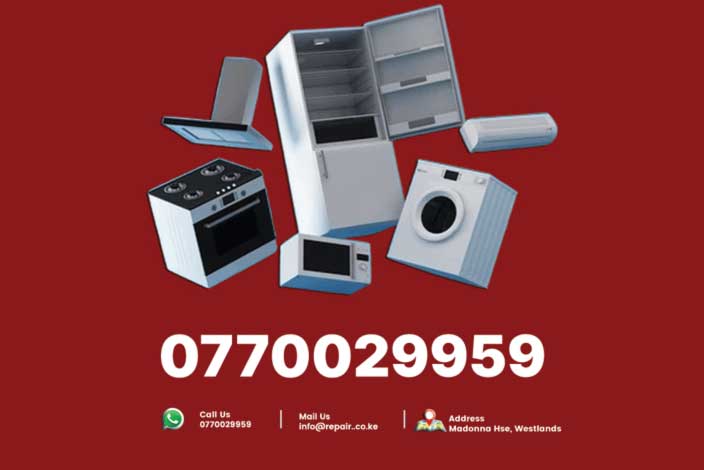Symptoms of Washing Machine Drainage System Blockages and How to Fix Them
Washing machines are indispensable household appliances, streamlining laundry tasks with efficiency and convenience. However, a blocked drainage system can disrupt their functionality, leading to costly repairs or replacements if not addressed promptly. Understanding the symptoms of drainage system blockages and knowing how to resolve them can save time, money, and frustration. This article outlines the key indicators of a clogged washing machine drainage system and provides practical solutions to restore optimal performance.
Common Symptoms of Drainage System Blockages
1. Slow or Incomplete Drainage
One of the most noticeable signs of a drainage issue is water draining slowly or remaining in the drum after a wash cycle. If the washing machine fails to empty completely, it may indicate a blockage in the drain hose, pump, or filter. This can cause clothes to remain excessively wet, prolonging drying times and potentially leaving detergent residue on fabrics.
2. Unusual Noises During Drainage
A blocked drainage system may cause the washing machine to produce gurgling, rattling, or humming noises during the drain cycle. These sounds often result from air trapped in the system or water struggling to pass through a partial obstruction, signaling debris or buildup in the drain path.
3. Foul Odors
Persistent unpleasant odors emanating from the washing machine, especially after a cycle, may indicate trapped water or debris in the drainage system. Stagnant water can foster mold and bacterial growth, contributing to musty smells that transfer to laundry.
4. Error Codes or Machine Shutdown
Modern washing machines often display error codes when they detect drainage issues. Codes such as "E20" or "F05" (depending on the brand) typically point to drainage problems. In some cases, the machine may stop mid-cycle, refusing to proceed until the issue is resolved.
5. Water Leaks
A blocked drainage system can cause water to back up and leak from the machine, particularly around the base or door. Leaks may also occur if the drain hose is clogged, forcing water to escape through unintended routes.
6. Poor Wash Performance
If the drainage system is obstructed, the washing machine may struggle to rinse clothes effectively. This can result in detergent or softener residue on clothes, leading to subpar cleaning results and potential skin irritation from leftover chemicals.
How to Fix Washing Machine Drainage System Blockages
Step 1: Safety First
Before attempting any repairs, unplug the washing machine from the power source to avoid electrical hazards. If the machine is leaking, place towels around the base to absorb water and prevent slipping.
Step 2: Check the Drain Filter
Most washing machines have a drain filter or trap located at the front or bottom of the machine, often behind a small access panel. Open the panel and remove the filter. Be prepared for water to spill out, so place a shallow container underneath. Inspect the filter for lint, coins, or other debris, and clean it thoroughly under running water. Reinstall the filter securely after cleaning.
Step 3: Inspect the Drain Hose
The drain hose, typically located at the back of the machine, can become clogged with lint, detergent buildup, or small objects. Disconnect the hose from the machine and the drainage point (e.g., a sink or standpipe). Use a long, flexible brush or running water to clear any blockages. Ensure the hose is not kinked or bent, as this can also impede water flow.
Step 4: Examine the Drain Pump
If the filter and hose are clear, the issue may lie with the drain pump. Access the pump (consult the machine’s manual for its location, often at the back or bottom) and check for obstructions. Remove any debris and test the pump’s impeller for free movement. A damaged pump may require professional replacement.
Step 5: Run a Cleaning Cycle
After clearing blockages, run a hot wash cycle with no clothes, using a washing machine cleaner or a mixture of white vinegar and baking soda. This helps remove residual buildup and deodorizes the system. Add two cups of vinegar to the drum and a half-cup of baking soda to the detergent dispenser, then run a full cycle.
Step 6: Regular Maintenance
Prevent future blockages by adopting routine maintenance habits. Clean the drain filter monthly, avoid overloading the machine, and use the recommended amount of detergent to minimize buildup. Additionally, check pockets for small items before washing to prevent them from entering the drainage system.
When to Call a Professional
If the above steps do not resolve the issue, or if you suspect a more complex problem such as a faulty pump or internal blockage, contact a professional repair service. At Repair.co.ke, our experienced technicians can diagnose and fix washing machine drainage issues efficiently, ensuring your appliance operates smoothly.
A blocked drainage system in a washing machine can manifest through slow drainage, unusual noises, foul odors, error codes, leaks, or poor wash performance. By promptly identifying these symptoms and following the outlined steps—checking the filter, inspecting the hose, examining the pump, and running a cleaning cycle—you can often resolve the issue yourself. Regular maintenance is key to preventing future blockages, but for persistent or complex problems, professional assistance from Repair.co.ke ensures your washing machine remains in top condition, prolonging its lifespan and maintaining laundry efficiency.






